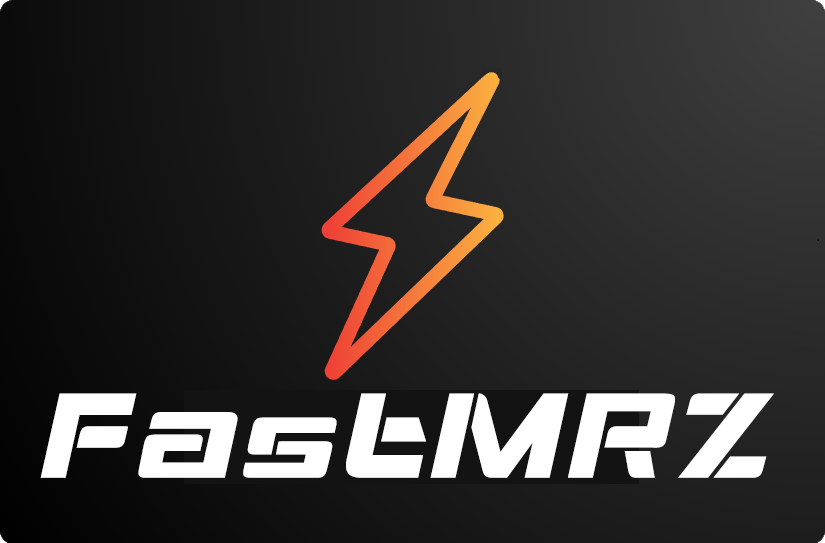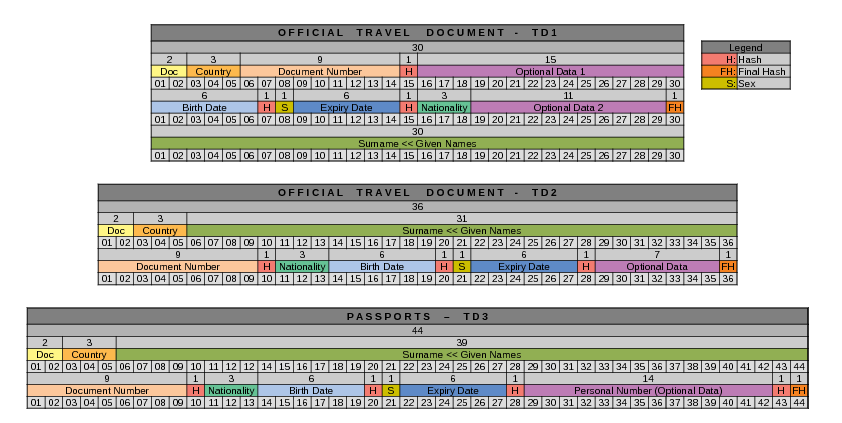
This repository extracts the Machine Readable Zone (MRZ) from document images. The MRZ typically contains important information such as the document holder's name, nationality, document number, date of birth, etc.
️Features:
- Detects and extracts the MRZ region from document images
- Contour detection to accurately identify the MRZ area
- Custom trained models using ONNX
- Contains checksum logics for data validation
- Outputs the extracted MRZ region as text/json for further processing or analysis
-
Install Tesseract OCR engine. And set
PATHvariable with the executable. -
Install
fastmrzpip install fastmrz
This can be done through conda too if you prefer.
conda create -n fastmrz tesseract -c conda-forge conda activate fastmrz
-
Copy the
mrz.traineddatafile from thetessdatafolder of the repository into thetessdatafolder of the Tesseract installation on YOUR MACHINE
from fastmrz import FastMRZ
import json
fast_mrz = FastMRZ()
# Pass file path of installed Tesseract OCR, incase if not added to PATH variable
# fast_mrz = FastMRZ(tesseract_path=r'/opt/homebrew/Cellar/tesseract/5.3.4_1/bin/tesseract') # Default path in Mac
# fast_mrz = FastMRZ(tesseract_path=r'C:\\Program Files\\Tesseract-OCR\\tesseract.exe') # Default path in Windows
passport_mrz = fast_mrz.get_mrz("../data/passport_uk.jpg")
print("JSON:")
print(json.dumps(passport_mrz, indent=4))
print("\n")
passport_mrz = fast_mrz.get_mrz("../data/passport_uk.jpg", raw=True)
print("TEXT:")
print(passport_mrz)OUTPUT:
JSON:
{
"mrz_type": "TD3",
"document_type": "P",
"country_code": "GBR",
"surname": "PUDARSAN",
"given_name": "HENERT",
"document_number": "707797979",
"nationality": "GBR",
"date_of_birth": "1995-05-20",
"sex": "M",
"date_of_expiry": "2017-04-22",
"status": "SUCCESS"
}
TEXT:
P<GBRPUDARSAN<<HENERT<<<<<<<<<<<<<<<<<<<<<<<
7077979792GBR9505209M1704224<<<<<<<<<<<<<<00MRZ Types & Format
The standard for MRZ code is strictly regulated and has to comply with Doc 9303. Machine Readable Travel Documents published by the International Civil Aviation Organization.
There are currently several types of ICAO standard machine-readable zones, which vary in the number of lines and characters in each line:
- TD-1 (e.g. citizen’s identification card, EU ID card, US Green Card): consists of 3 lines, 30 characters each.
- TD-2 (e.g. Romania ID, old type of German ID), and MRV-B (machine-readable visas type B — e.g. Schengen visa): consists of 2 lines, 36 characters each.
- TD-3 (all international passports, also known as MRP), and MRV-A (machine-readable visas type A — issued by the USA, Japan, China, and others): consist of 2 lines, 44 characters each.
Now, based on the example of a national passport, let us take a closer look at the MRZ composition.
- Test for mrva and mrvb documents
- Add
wikipage - Send numpy array as input
- Send mrz text as input
- Function to return mrz text as output
- Bulk process
- Train Tesseract model with additional data
Distributed under the AGPL-3.0 License. See LICENSE for more information.
Give a ⭐️ if this project helped you!









